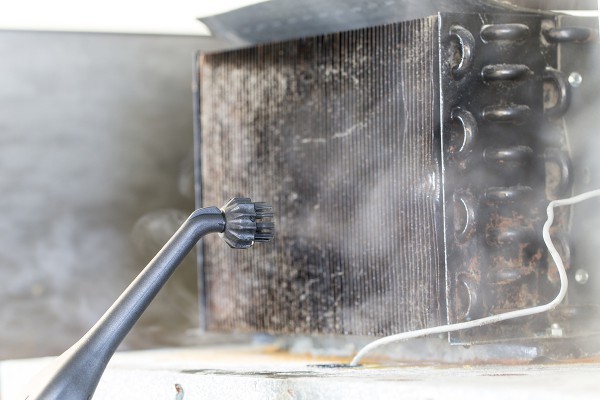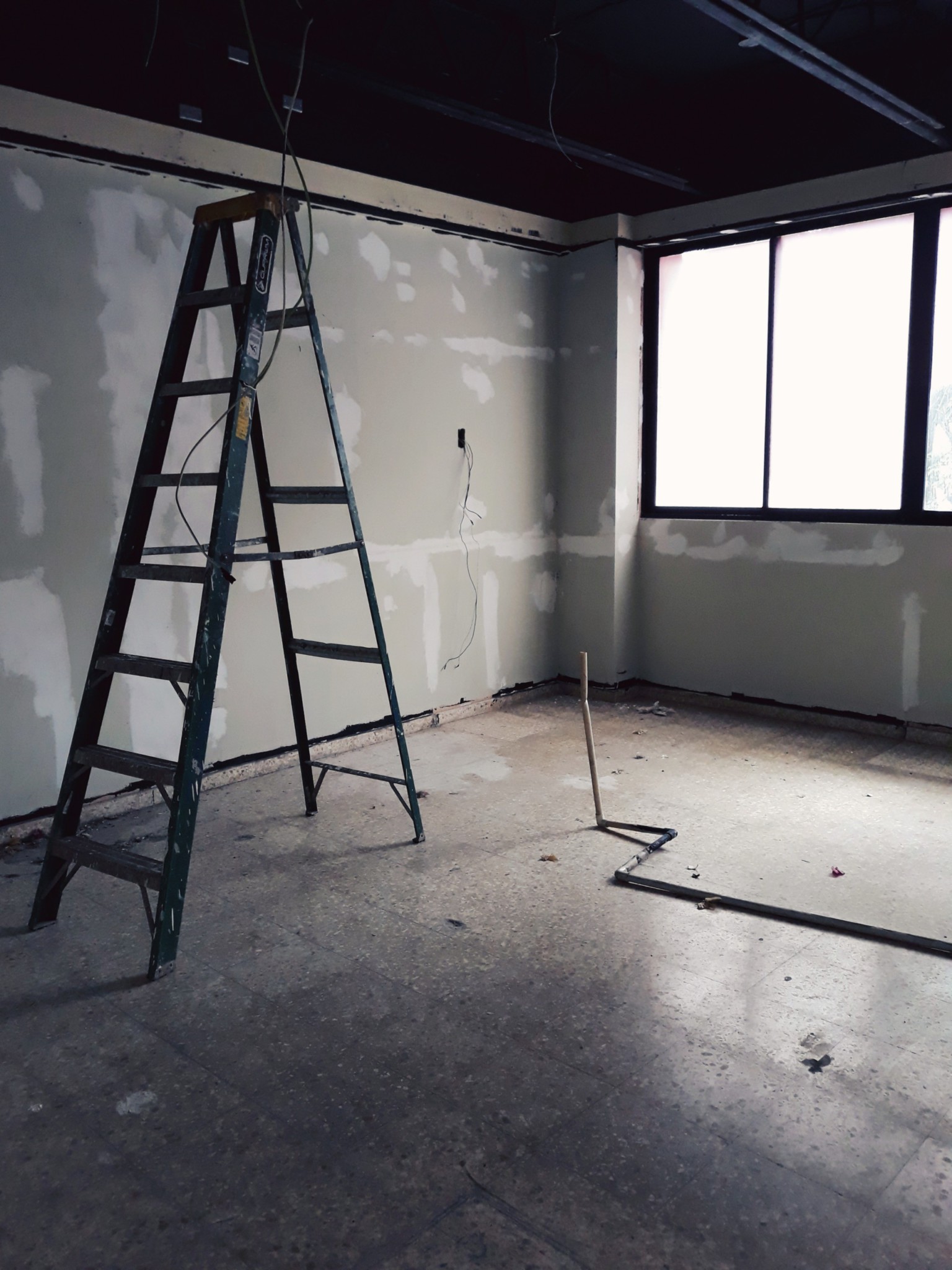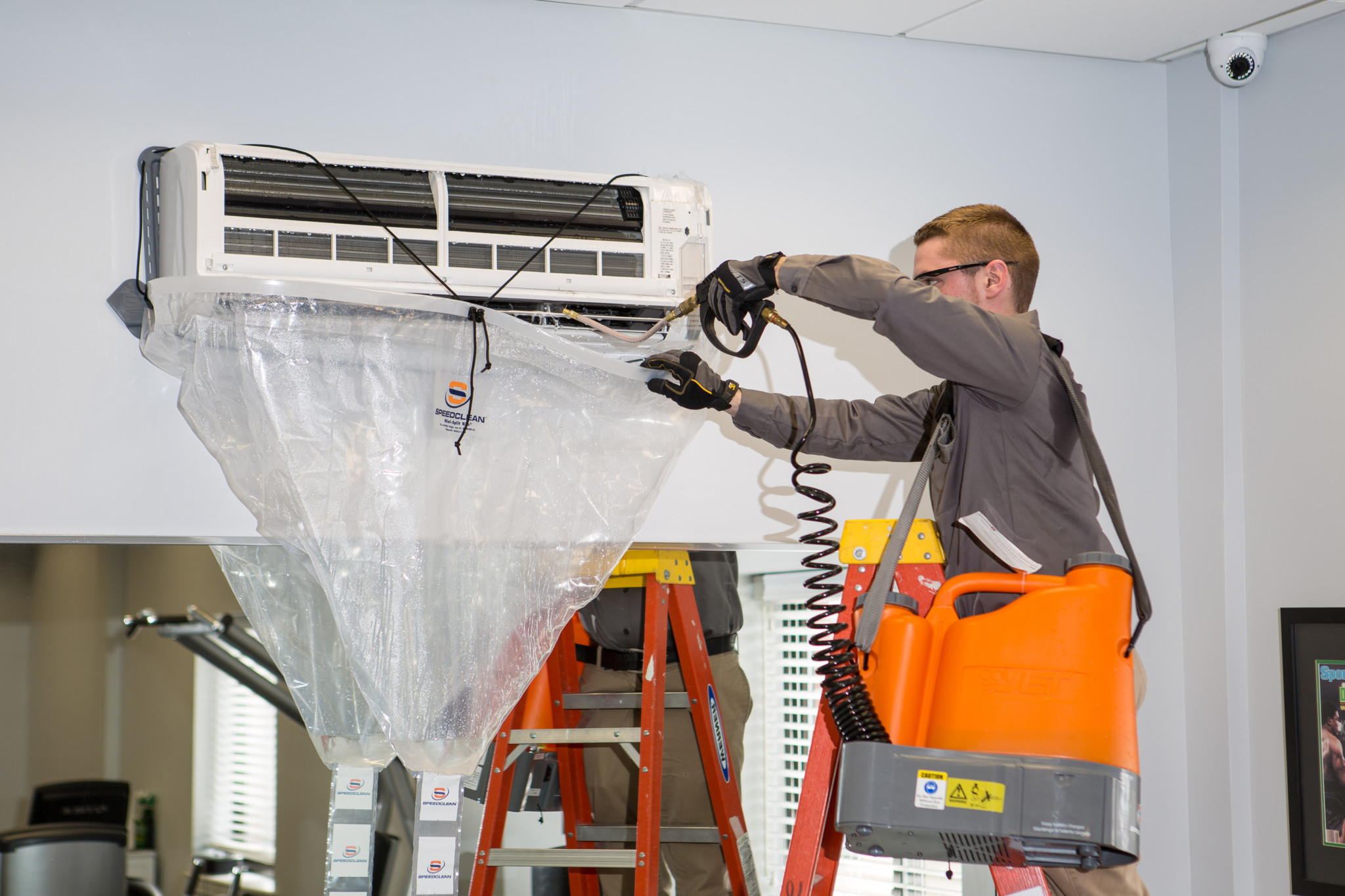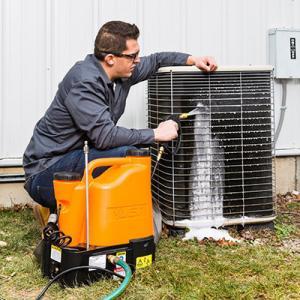
There are a few ways to clean indoor and outdoor coils. Some folks stick with one, while many like to see what new products or technologies there are to speed this important part of HVAC-R system maintenance. Either way, the problem tends to be the same. Caked on grime, dirt, and dust can make cleaning hell. And don’t get us started on cottonwood seeds. It’s up to you to decide the best tool to use to clean the coils. Here at SpeedClean, we are a little biased toward our own CoilJet® and CoilShot® systems, but only after years of analyzing the other methods and figuring out the pros and cons.
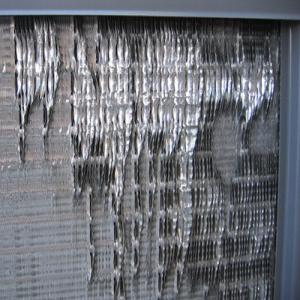
1. Pressure Washer
Pro – As the name suggests, this tool has great pressure, so dirt and buildup come off pretty well. Too well actually. It also makes great artwork in coils.
Con – First, it can only be used outside, unless you like dealing with insurance companies and irate customers. Unfortunately, this tool has a little too much pressure and can easily damage and bend the fins of the unit. Coil fins in most air handlers are made of thin aluminum or copper that are sensitive to high pressure and can bend or flatten easily. Too much power could crush coils flat. While some people like to stand back and still try to use one, that just means that no water will get through the coil either. Bad idea.
2. Garden Hose
Pro – If you have a garden hose, it is already in your yard, so no need to buy anything. Also great for watering the garden and cooling off the dog.
Con – While a hose does have a lot of water, and that’s a GREAT thing for cleaning condenser coils, it doesn’t have much pressure. Caked on coils need a combination of water AND pressure to really clean well. Using a specialized tool like the CoilShot can really increase the cleaning performance of the hose. Also, don’t use indoors. Do we really have to tell you that?
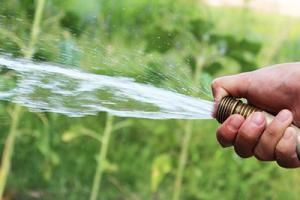
3. Pump Sprayer
Pro – Good for applying harsh chemicals and /or acids. Simple to use. Can be used inside and out.
Con – This tool is not designed to flush out coils or wash away debris, so your clean will suck, to be honest, especially on condenser coils. Plus, you will probably struggle to keep the pressure going consistently (though the pumping is a good workout). Applying chemical is really only 30% of a coil cleaning job. Pressure and flow to clean the coil are way more important.
4. Aerosol Sprays
Special note: If you are using a spray can to clean condenser coils, you’re doing it wrong. (we’ve seen people try)
Pro – Cheap
Con – Inside use only. You get what you pay for. These aerosols allow you to apply the chemical pretty easily but not rinse it, so the job is only half done. Many sprays claim self-rinsing or no-rinse formulas. What this normally means is the chemicals stay on the coils until enough condensate is built up to eventually rinse the coils clean. This can make for an even more clogged coil until the rinse is finally achieved. Also, it leaves harsh chemicals on your sensitive aluminum coils for extended periods of times. Does that sound like a solid idea?
5. CoilJet® Coil Cleaning System
Pro – They don’t say save the best for last for nothing. One system for inside and outside coils. No power, no water, no problem. The CoilJet® is designed for portability by including separate water and chemical tanks and a long life rechargeable battery. It is made to clean delicate fins without damaging them by forming a unique spray pattern that gives you 125 PSI. Plenty to clean the coils, and won’t damage fins.
Con- You will wish you had 50 because you will want to give them to all of your friends 🙂

